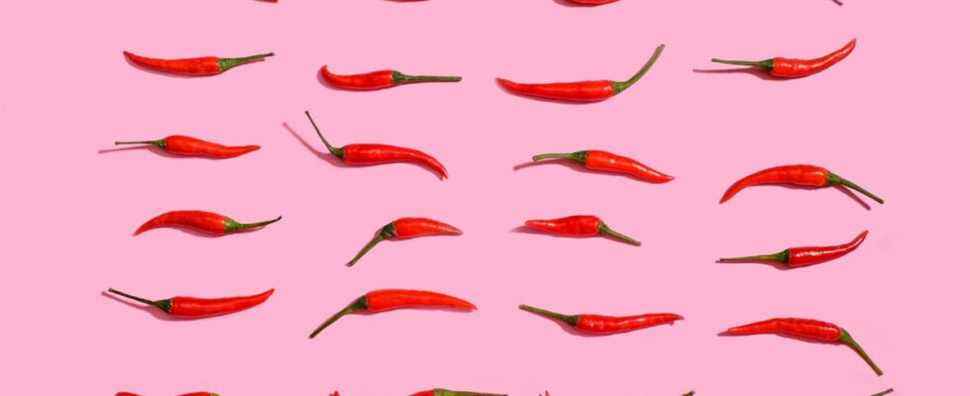Chilli does nothing to birds
In fact, in animals, capsaicin only finds a sensor in mammals. In other words, the birds can eat it as long as they want it never stings them. Insects are sensitive to it, and the pepper is also stronger when it has to fight against critters.
Arrived in Europe on return from the discovery of America
If the pepper has been known for 12,000 years on the American continent, it was in the 16th century that it arrived in France in the holds of Spanish galleons with the tomato, potato or pineapple discovered at the same time by the conquistadors. The Indians of the time called it Chili, hence chili con carne. This new vegetable is quickly appreciated since it is attested from 1526 in Italy, and 20 years later in Great Britain. At the same time, the Basques find it to their liking and begin to cultivate it, it will become one of their most famous regional products. From Europe, the chilli won North Africa and Asia, and it is nowadays widespread over the entire surface of the globe.
– Credits: John Elk III Creative – n°: 175272655
25 edible species
India is the country that produces the most peppers and represents nearly 40% of the peppers sold in the world. There are 25 kinds in the world, including red pepper, green pepper, Espelette or Cayenne pepper, they all have more or less different flavors to season many dishes, mussels for example, acras, chicken, or simply on a salad. There is obviously Espelette pepper in Basque chicken. On the health side, no fruit or vegetable contains as much vitamin A as pepper. It is also high in vitamin C.
Cooking is done with a few good ingredients like chilli, but it is also done with heart.
